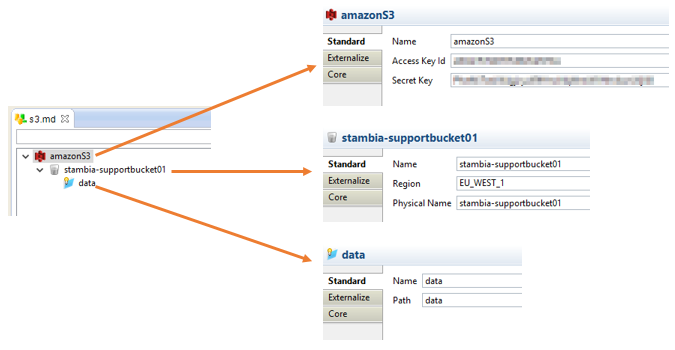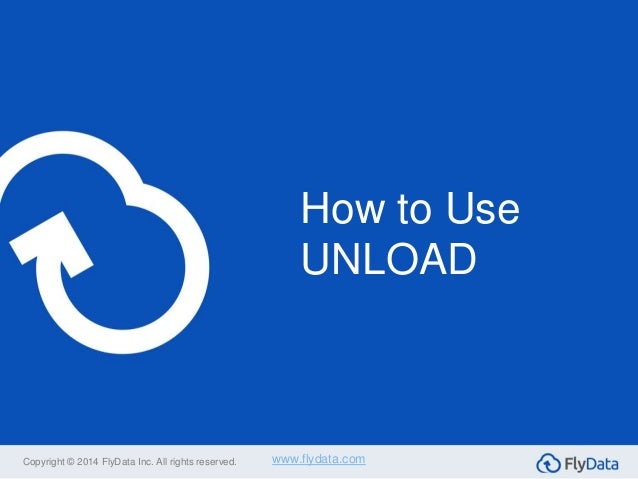

If you've got a moment, please tell us what we did right so we can do more of it. For information about searching If the queue contains other rules, those rules remain in effect.

Either the name of the file used to run the query For more information, see Configuring auditing using the console. We will discuss later how you can check the status of a SQL that you executed with execute-statement. If all of the predicates for any rule are met, that rule's action is There are no additional charges for STL table storage. AWS Big Data Migrate Google BigQuery to Amazon Redshift using AWS Schema Conversion tool (SCT) by Jagadish Kumar, Anusha Challa, Amit Arora, and Cedrick Hoodye. The maximum number of IAM roles that you can add when calling the create-clusterĪssociating and disassociating IAM roles with Amazon Redshift clusters is anĪsynchronous process.All rights reserved. Specify the Amazon Resource Name (ARN) of the IAM role for the To associate an IAM role with a cluster when the cluster is created, Associating an IAM role with a cluster using the AWS CLI You can manage IAM role associations for a cluster with the AWS CLI by Using the AWS CLI to manage IAM role associations The available IAM roles to add, and then choose On the navigation menu, choose Clusters, then choose the cluster that you want to update.įor Actions, choose Manage IAM roles to display the current list IAM roles associated with the cluster. Sign in to the AWS Management Console and open the Amazon Redshift console at Or you can modify an existing cluster and add or remove one or more IAM You can associate an IAM role with an Amazon Redshift cluster when you create theĬluster. Managing IAM role association with a cluster Or UNLOAD command or other Amazon Redshift commands.įor more information on IAM policies, see Overview of IAM policies in The IAM role is then ready to use with the COPY "arn:aws:iam::123456789012:role/ThirdRedshiftRole"Īfter a user has the appropriate permissions, that user can associate an IAM The following example shows an IAM policy that can be attached to a user that For more information, see Identity and access management in Amazon Redshift.

As a best practice, we recommend attaching permissions policies to an IAM role and then assigning it to users and groups as This permissionĪllows an administrator to restrict which IAM roles a user can associate withĪmazon Redshift clusters. Iam:PassRole permission for that IAM role. To associate an IAM role with a cluster, a user must have Required to associate an IAM role with a cluster You mustĭo this before you can use the role to load or unload data. Services for you, you must associate that role with an Amazon Redshift cluster. Associating IAMĪfter you have created an IAM role that authorizes Amazon Redshift to access other AWS
#Redshift unload not exporting all data how to#
In this topic, you learn how to associate an IAM role with an Amazon Redshift cluster. SCHEMA, or CREATE EXTERNAL FUNCTION command. Include the IAM role's ARN when you call the COPY, UNLOAD, CREATE EXTERNAL To grant users programmatic access, choose one of the following options.Ĭreate an IAM role for use with your Amazon Redshift cluster. The way to grant programmatic access depends on the type of user that's accessing AWS. Users need programmatic access if they want to interact with AWS outside of the AWS Management Console. For COPY and UNLOAD, you can provideįor information about creating an IAM role, see Authorizing Amazon Redshift to access other AWS services The preferred method to supply security credentials is to specifyĪn AWS Identity and Access Management (IAM) role. These credentials authorize your Amazon Redshift cluster to invoke Lambdaįunctions from AWS Lambda. When you run the CREATE EXTERNAL FUNCTION, you provide security credentials using the Your target destination, such as an Amazon S3 bucket. These credentials authorize your Amazon Redshift cluster to read or write data to and from The COPY, UNLOAD, or CREATE EXTERNAL SCHEMA commands, you provide security credentials. When you use Amazon Redshift Spectrum, you use the CREATE EXTERNAL SCHEMAĬommand to specify the location of an Amazon S3 bucket that contains your data. You can use theĬREATE EXTERNAL FUNCTION command to create user-defined functions that invoke functions Import) data into Amazon Redshift and the UNLOAD command to unload (or export) data from Amazon Redshift.


 0 kommentar(er)
0 kommentar(er)
